HM Prison Gloucester is in the county of Gloucestershire, England was designed by the notable architect William Blackburn in 1792.
According to researchers, it was built on the very spot where the mighty Gloucester Castle once stood. The castle was officially designated as the county jail in 1228. Archaeologists have managed to excavate pieces of this old castle in more recent times, proving that the location has a long history that stretches back a millennium.
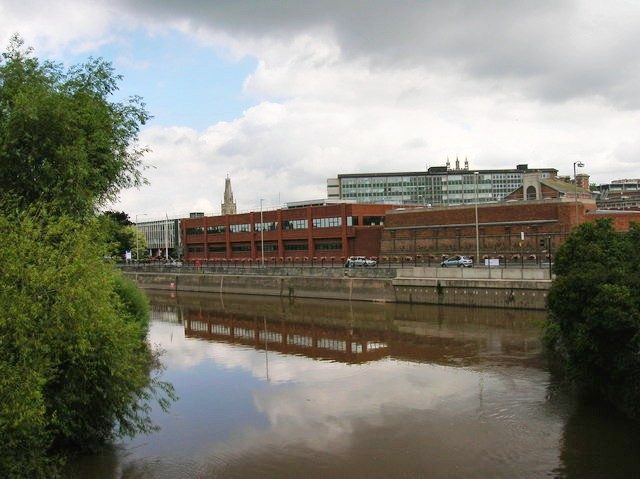
The reason the castle was lost to history is because part of it was demolished in 1787 to make room for the new prison. Under the supervision of John Wheeler and following the blueprints of William Blackburn, the whole complex was completely finished by 1791.
It featured the gaol, which housed those awaiting trial; a house of correction, where the poor convicted of petty offences, including vagrancy, were “reformed” through hard labor; and a penitentiary for the confinement of more serious criminals. To the east of the complex stood the gatehouse.
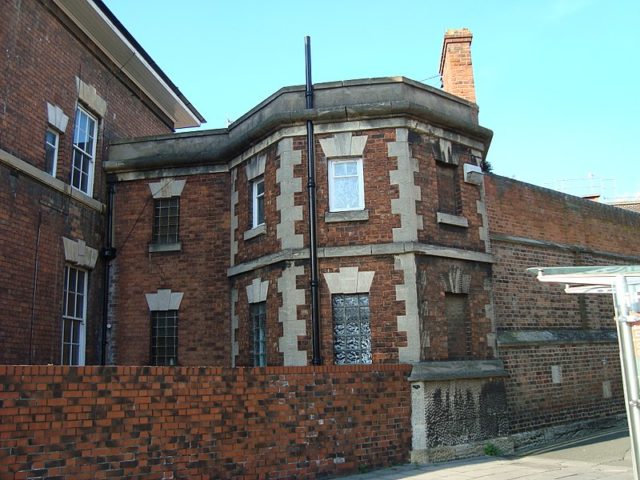
The new Gloucester prison cost around £34,000 ($45,000) and once officially opened, it was capable of holding no less than 350 prisoners – each in his or her own cell. Both female and male inmates were held and there was a separate section that was reserved for debtors. The prison served Gloucester for 35 years until renovations were called for in 1826.
The perimeter walls were extended to the east and a new debtor’s prison was added to the complex. Another prison building was erected in 1844 that stood to the east of the original jail. During this same period, a new chapel was added to the complex and a new house for the Governor was erected by the south perimeter wall.
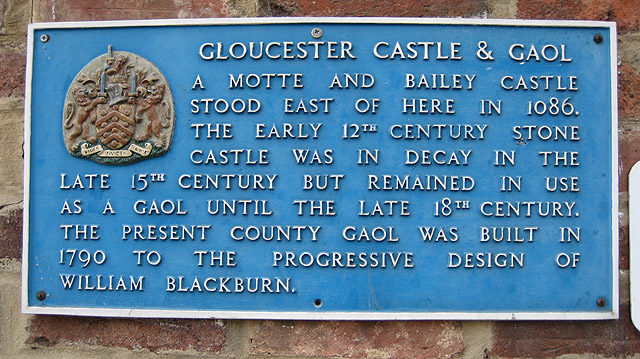
In 1878, the site was officially named HM Prison Gloucester. As the years went on, it started to deteriorate. Towards the end of the 19th century, the whole complex was rebuilt, and in 1915 it became a male-only prison.
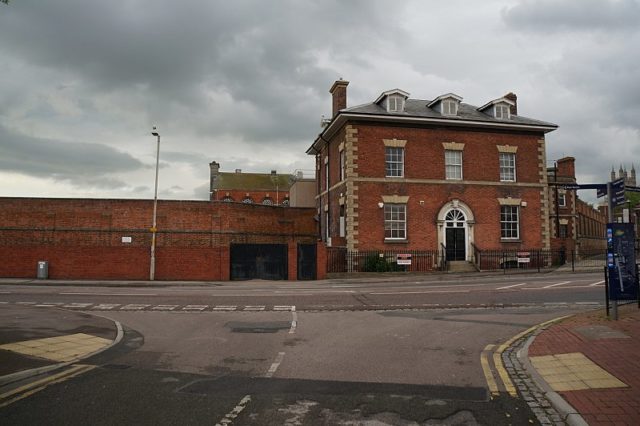
Like many other old jailhouses, HM Prison Gloucester has its darker side. Hundreds of people were executed within its walls by hanging – or more specifically, by the then-fashionable drop-style hanging. The public executions were carried out on the roof of the east gatehouse.
The prison was also famous for holding notorious inmates such as the murderer Herbert Rowse Armstrong, who was executed in 1922; and Stefan Kiszko, who was wrongfully imprisoned for the Murder of Lesley Molseed. Stefan Kiszko was released from prison after spending 16 years behind bars.
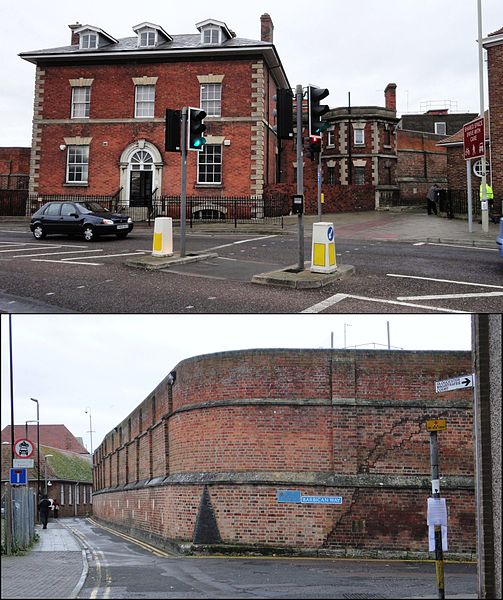
The famous English serial killer Frederick Walter Stephen “Fred” West was also one of the prisoners held in HM Prison Gloucester, as was the founder of political party Sinn Féin, Arthur Griffith.
All of the executed prisoners were buried in the site burial ground, and many of them were laid in unmarked graves. Some of these graves survive to this day.
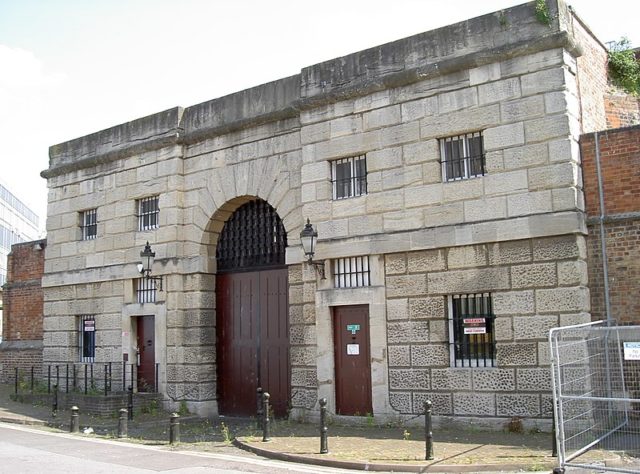
The prison continued its operations until it was closed on March 31, 2013. Once closed, stories started to appear that the prison grounds were haunted.
Given the fact that hundreds of people died within the site’s walls, it is not surprising that these rumors have spread. One ghost in particular that people continually report is that of a woman by the name of Jenny.
Jenny was never a prisoner; she was killed on the grounds long before the prison was even erected and her spirit is said to roam about looking for her killer. According to a report by one of the prisoners, Jenny also appeared in cell number 25. She lifted her hand, pointed towards the prisoners, and then vanished without a trace.
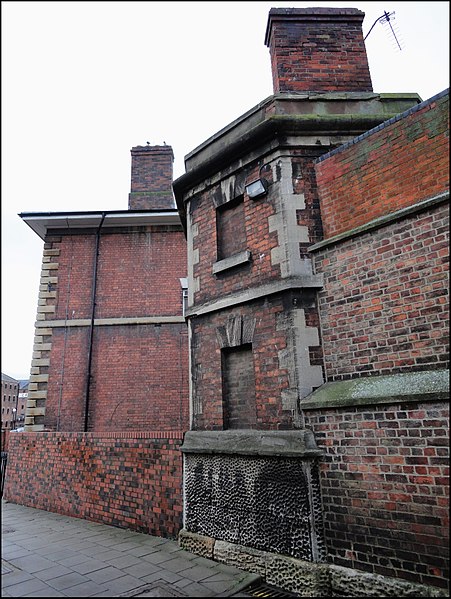
Prison officers have also reported hearing the sound of doors slamming shut and cries and screams that come out of nowhere. All of these events made HM Prison Gloucester become known as one of the most paranormally active prisons in the world.
Another Article From Us: A Beautiful Abandoned Military Hospital
The site was opened to the public from April 2017 to October 2018, but today it remains closed and no tours are offered.
